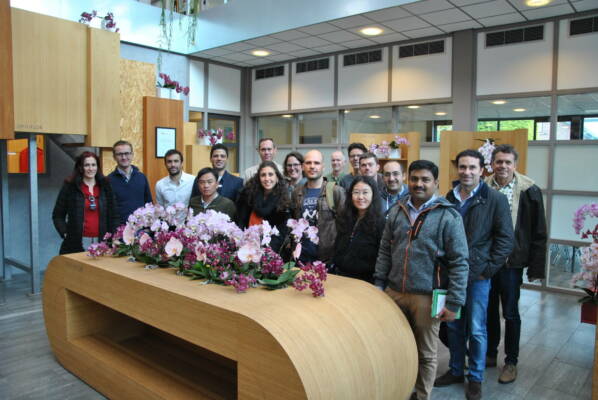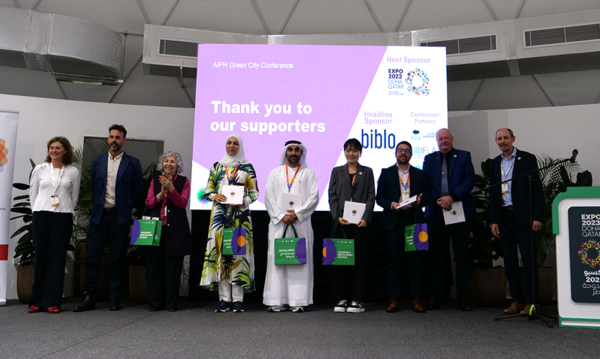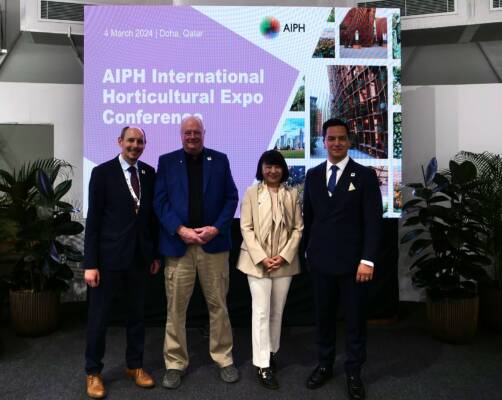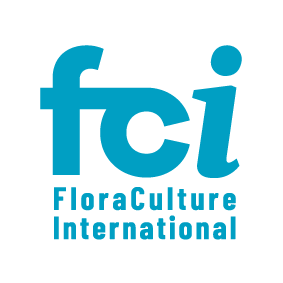Each year, Urban October provides a platform for the global urban community to mobilise awareness of the challenges and opportunities created by the fast rate of change in our cities and towns.
The science has never been so clear. The recent IPCC and IPBES reports have shone a spotlight on the urgency of the current state the natural world is in, and warned against the high costs of business as usual. Nature is in crisis, climate change is increasingly threatening our collective future, and we are far from on track to achieving the SDGs by 2030.
Furthermore, we are racing towards our planetary boundaries at alarming rates and far surpassing major and irreversible tipping points which threaten the future of the planet we call home. Our connection with the natural world which underpins our very existence has weakened. With the expansion of cities and associated consumption of natural resources, human impact on the planet is unprecedented. Events held during Urban October agreed that urgent action is needed now to restore our relationship with the natural world, tackle the climate crisis, and reverse the current trajectory to chart a new course towards sustainability. It is in cities where these battles will either be won or lost and where the impacts of inaction are already most catastrophically felt. However, it is also in cities where the greatest opportunities lie for changing the world for the better.
Our solutions lie in nature. As cities continue to grow exponentially, the urban sphere is increasingly in focus, and it is in and around cities where nature-based solutions enlist plants for the greatest impact in addressing urban challenges. As the Green City movement continues to gain significant traction globally, and as ambition is continuously raised in advocating for the integration of nature in urban areas, it is critical that the horticulture industry has a permanent seat at the table.
Plants are the very cornerstone of any urban greening efforts and are foundational components of the urban nature that cities so desperately need. Many urban change-makers and practitioners are well aware of the need to reconnect urban communities with nature and bring nature back into our cities, though some may neglect to consider the practical implications of these strategic endeavours. This is where the work of AIPH and the horticultural industry is most critically needed and where stronger connections between demand and supply in the urban context need to be forged. The time is now, like never before, to highlight the power of plants in delivering multiple benefits, services, and solutions for urban communities, and ultimately the planet.
Urban October 2021, beginning with World Habitat Day and culminating in World Cities Day, launched a global campaign inviting everyone interested in sustainable urbanisation to hold or participate in global awareness raising discussions. World Cities Day (31st October 2021) aims to promote the international community’s interest in global urbanisation and push forward cooperation in meeting opportunities and addressing challenges commonly faced by urban communities. The observance day ties in with the United Nation’s Sustainable Development Goal 11, to make cities “inclusive, safe, resilient and sustainable.” Under this year’s theme “Better City, Better Life- Adapting cities for climate resilience” it is no surprise that urban greening and nature-based solutions are visibly high on the agenda, particularly given the timing of the UN Convention on Biological Diversity’s COP15, where world leaders gathered to negotiate the global biodiversity agenda that will guide implementation over the next decade: arguably the most important era in our planet’s history. AIPH’s efforts were well aligned and complementary of this focus, with their campaigns adding the critical voice of plants to the global conversation.
As cities continue striving to be greener, healthier, and wilder, it is essential to highlight the important role of the horticulture in enabling this transition. While bold visions and ambitious commitments from cities are certainly welcomed, the momentum around action and implementation in the current moment forces us to ask ourselves a few fundamental questions: How do we move from ambition to action in city greening? Where will all the plants come from? How do we better link urban action for nature with the suppliers of the core ingredients – the plants – which determine its success? The AIPH Green City programme seeks to provide these answers and make the connections that will bridge these current divides.
Our increasingly urban world is changing rapidly, and we, as an industry, need to stand united to drive this change and secure a greener future for both people and planet. This is especially important in the lead up to the United Nations COP 26 in Glasgow in November 2021. As champions for the power of plants, we need our voices to be heard clearly, not just in Urban October, but also in the coming decade and beyond.



























